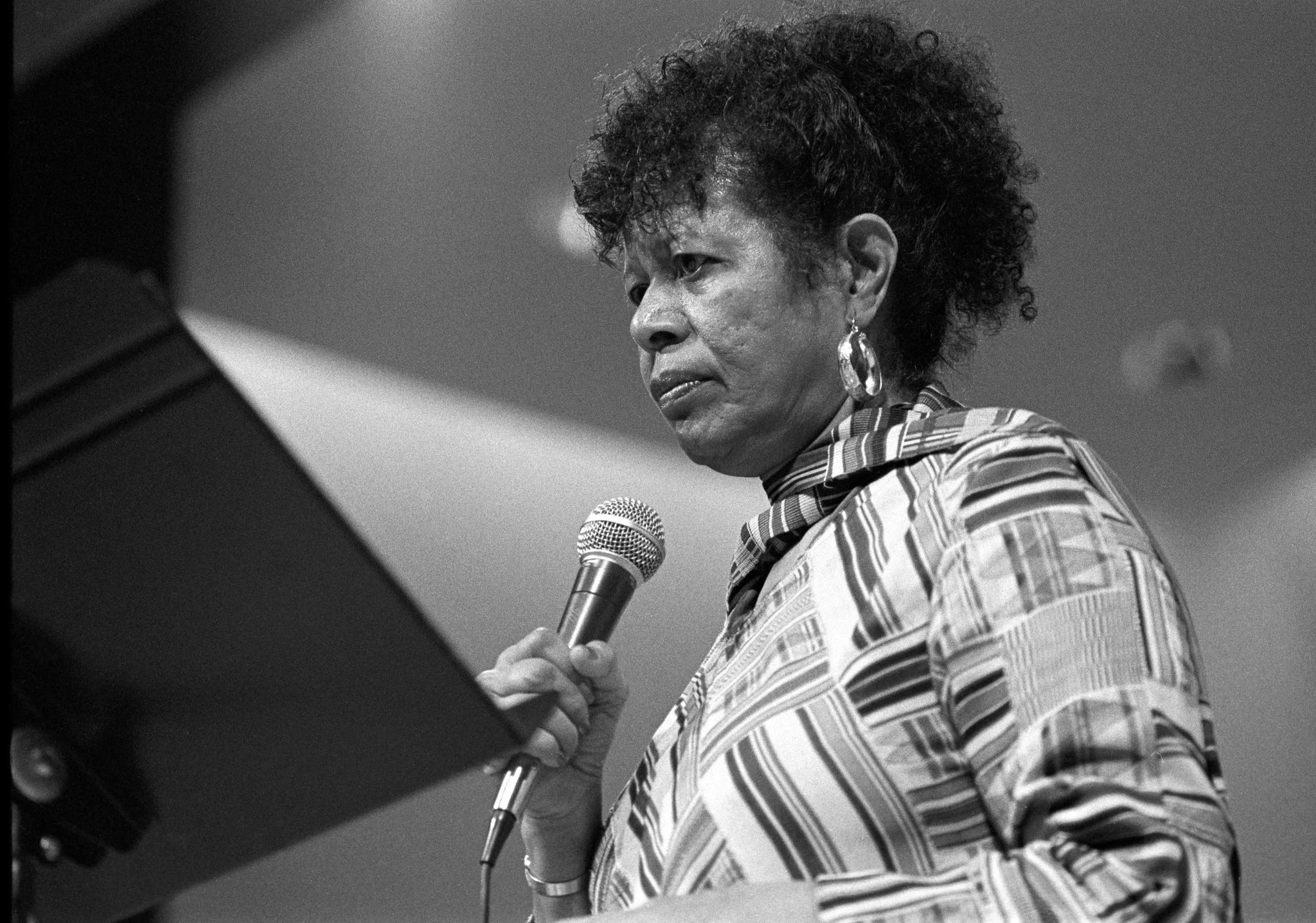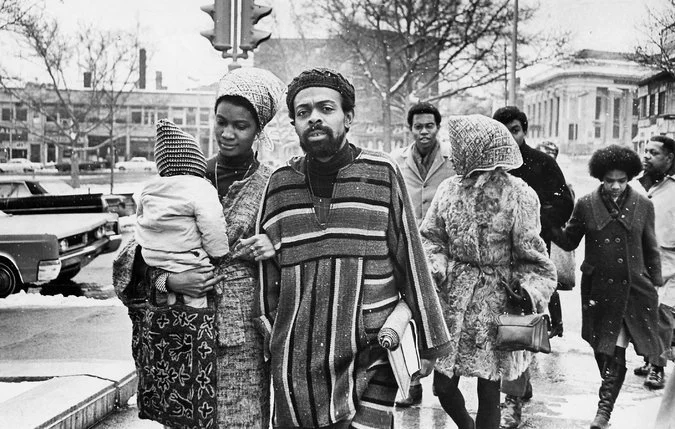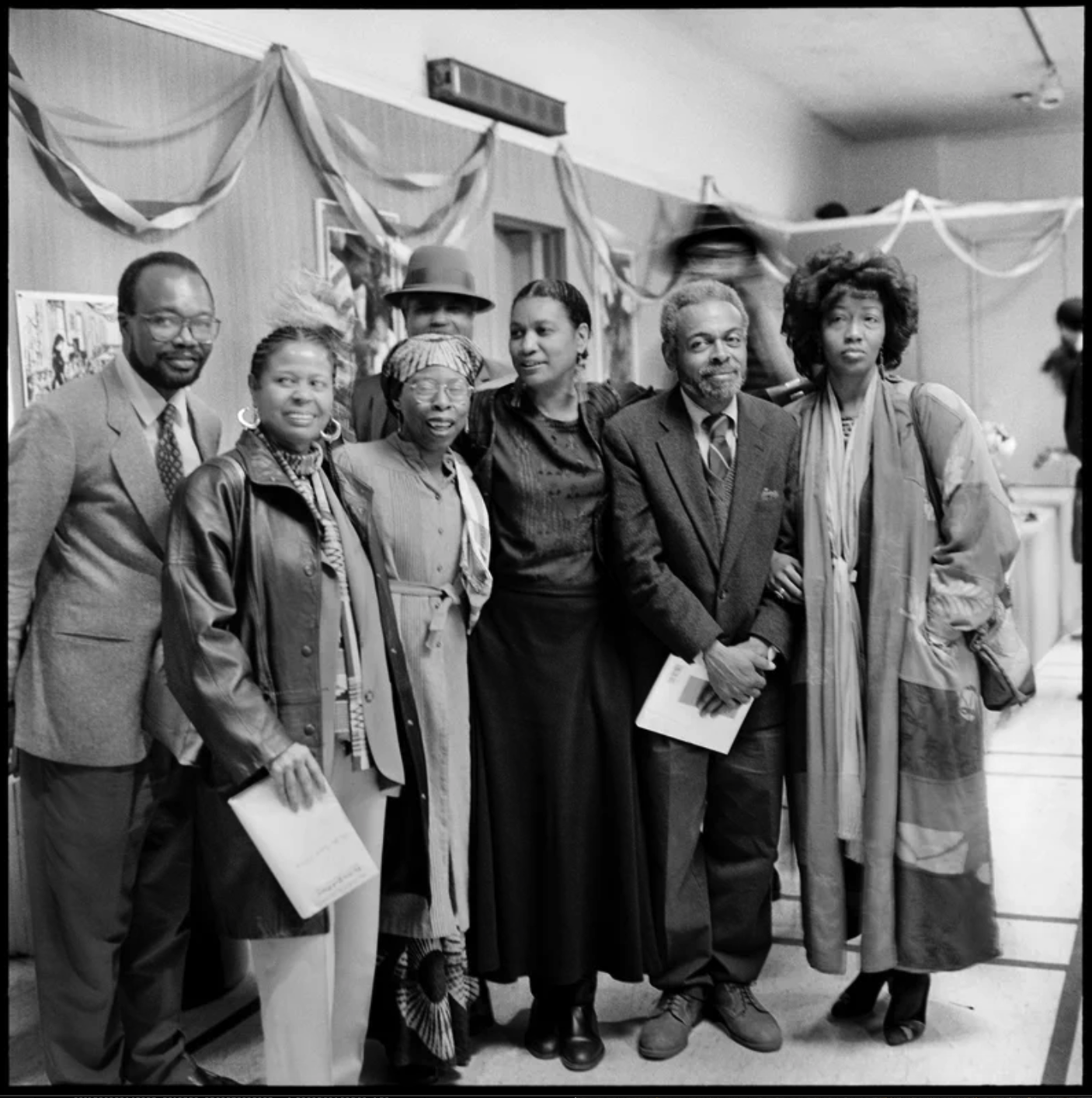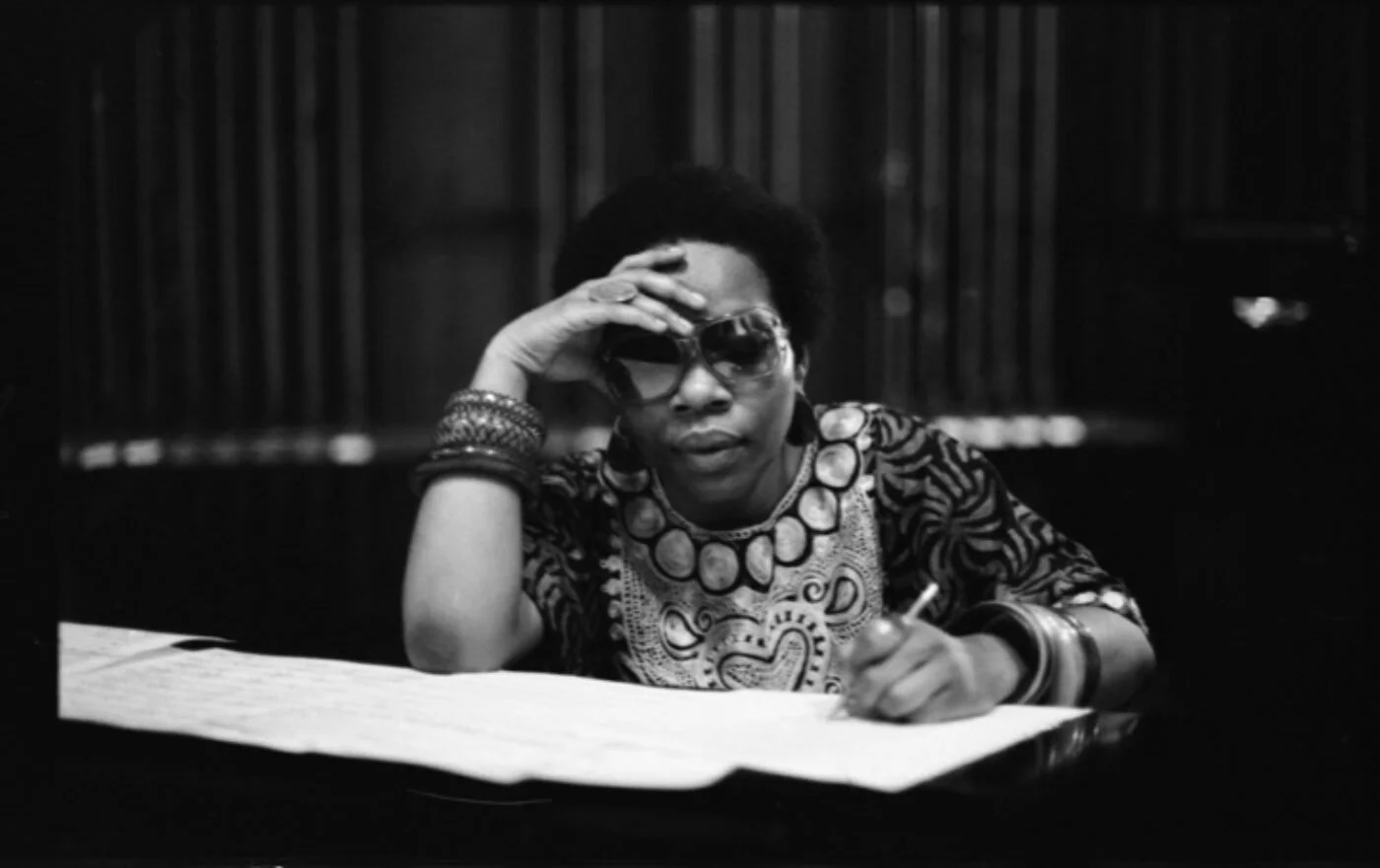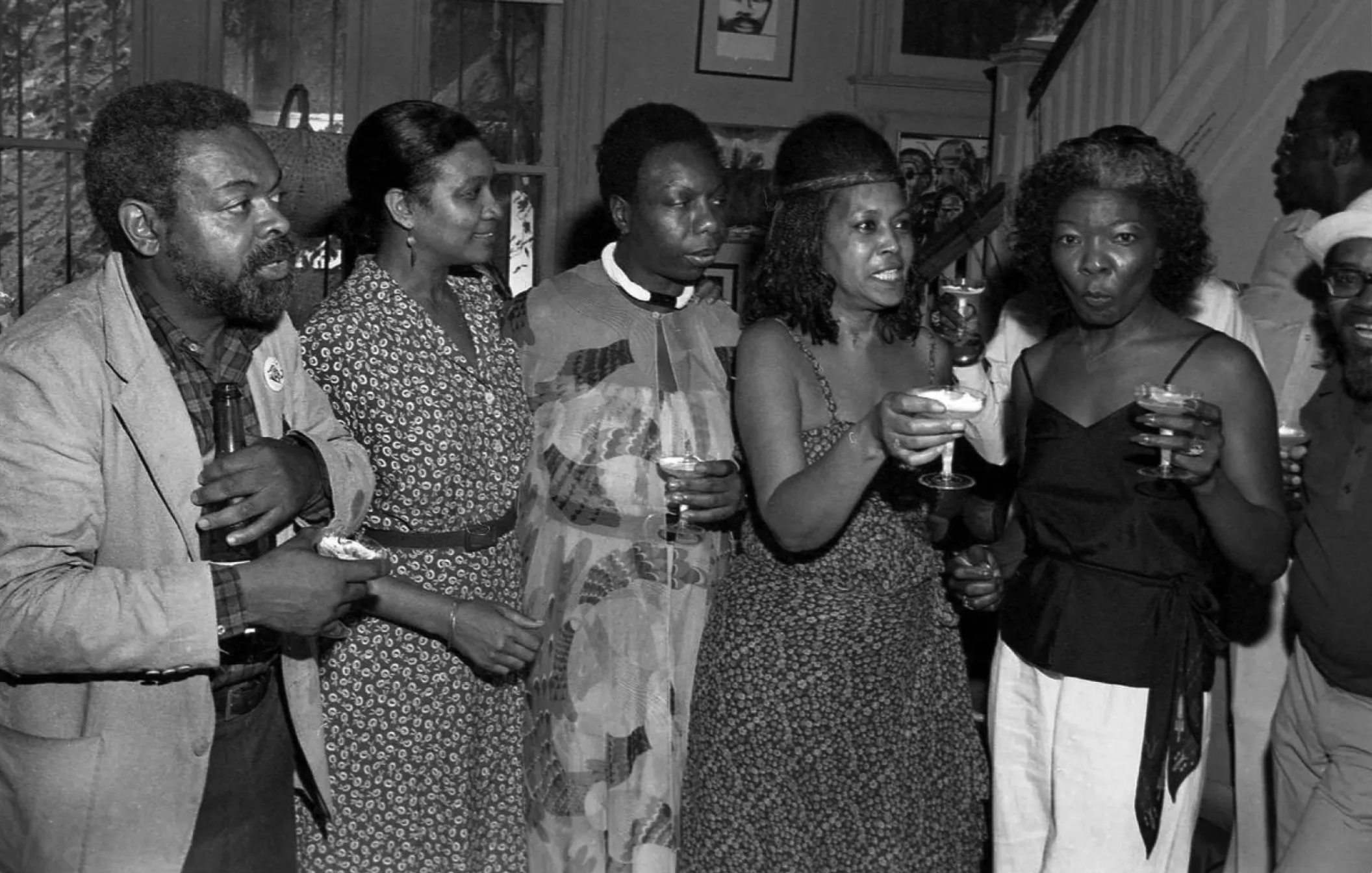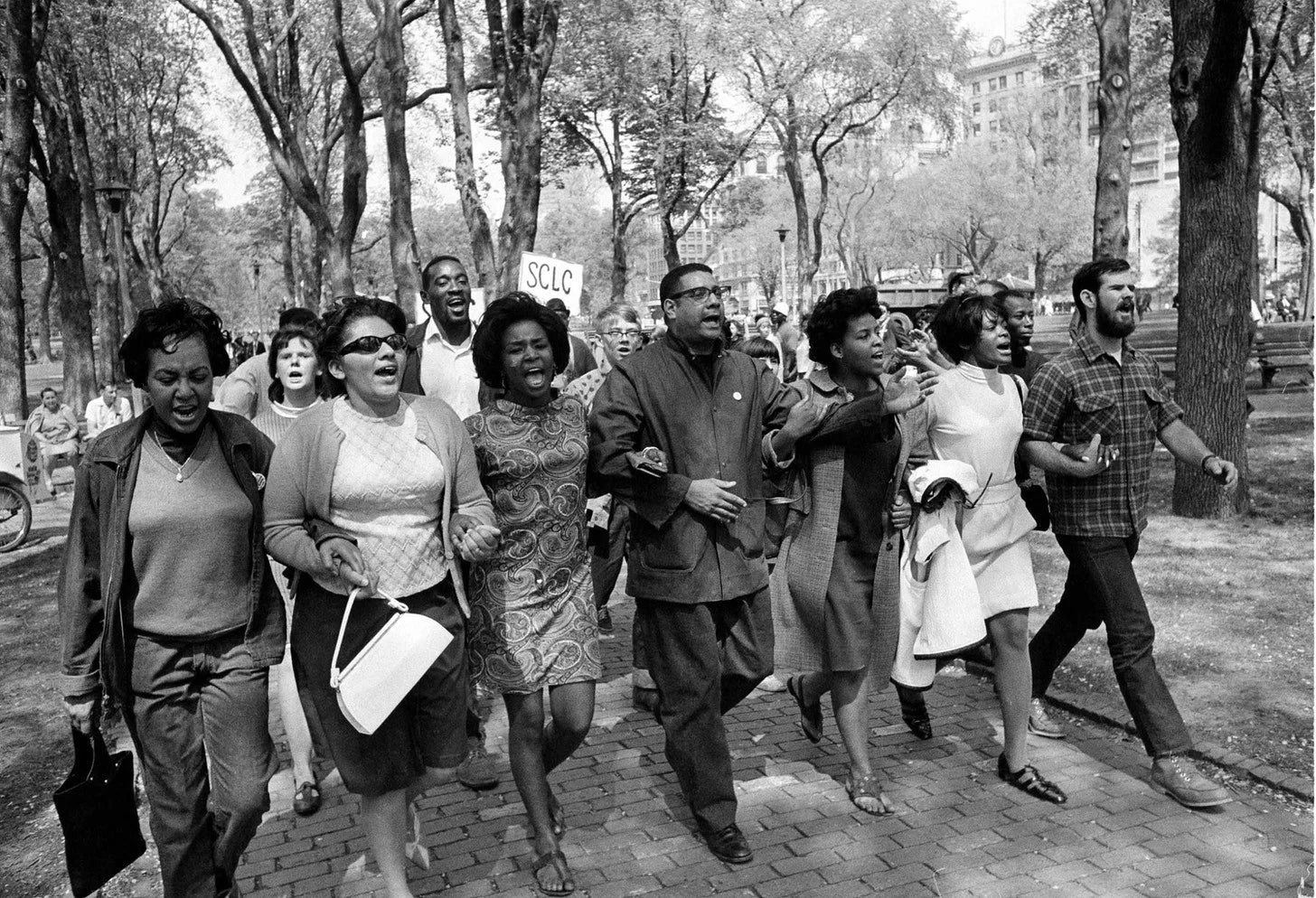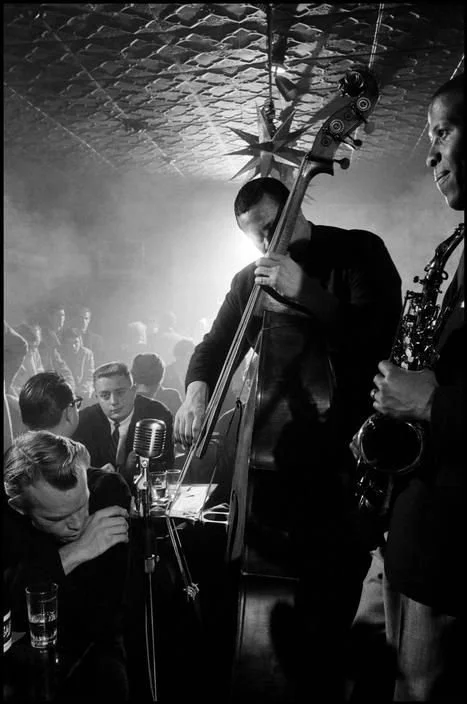DYCP- Diary/ sketchbook
I was pleased to be awarded Arts Council UK DYCP funding last year, which has allowed me to venture into the world of AR (Augmented Reality). Below is some of the research I’ve done durring this time… im not much of a writer so my descriptions are small and serve as notes for myself…
Maybe start at the bottom of the page.
Women Poetry Activism
Jayne CoRtez
Under the Edge of February
Under the edge of february
in hawk of a throat
hidden by ravines of sweet oil
by temples of switchblades
beautiful in its sound of fertility
beautiful in its turban of funeral crepe
beautiful in its camouflage of grief
in its solitude of bruises
in its arson of alert
Who will enter its beautiful calligraphy of blood
Its beautiful mask of fish net
mask of hubcaps mask of ice picks mask
of watermelon rinds mask of umbilical cords
changing into a mask of rubber bands
Who will enter this beautiful beautiful mask of
punctured bladders moving with a mask of chapsticks
Compound of Hearts Compound of Hearts
Where is the lucky number for this shy love
this top-heavy beauty bathed with charcoal water
self-conscious against a mosaic of broken bottles
broken locks broken pipes broken
bloods of broken spirits broken through like
broken promises
Landlords Junkies Thieves
enthroning themselves in you
they burn up couches they burn down houses
and infuse themselves against memory
every thought
a pavement of old belts
every performance
a ceremonial pickup
how many more orphans how many more neglected shrines
how many stolen feet stolen fingers
stolen watchbands of death
in you how many times
Harlem
hidden by ravines of sweet oil
by temples of switchblades
beautiful in your sound of fertility
beautiful in your turban of funeral crepe
beautiful in your camouflage of grief
in your solitude of bruises
in your arson of alert
beautiful
AMINA BARAKA
Amiri Baraka, Amina Baraka, Jayne Cortez, Rashidah Ismaili, and friends, Small Press Book Fair, December 2, 1990
Amina ClaUDINE Myers
Whatever it is, the way you tell your story online can make all the difference.
Dorthaan Kirk attends a reception at the Baraka's House before Abbey Lincoln's performance that evening at the Peppermint Lounge.
Left to Right: Amiri Baraka, Amina Baraka, Nina Simone, Abbey Lincoln and Dorthaan Kirk
Listen: https://www.wbgo.org/podcast/bright-moments-podcast/2024-04-04/jazz-sanctuaries
JAYDILLA & JAZZ
From a musical perspective, Dilla’s patented “non-quantized” pentameters were omnipresent, and toyed with the off-kilter genius of Thelonious Monk. To get that trademark thump, he EQ’d all heavy lows and a just a little mids, occasionally distorted for extra impact. Dilla often incorporated the perverted fidelity of a Kingston dub soundsystem a la King Tubby or Prince Jammy, playing mind tricks on the ears and brain with diabolical manipulations. Dilla beats are full of unrepentant joy, abundant hilarity, a serious intensity, and at times a mournful nostalgia—occasionally all within the same composition. source
The late producer’s work is densely detailed, built on a steady wobble of shuffling hi-hats, spacious drum loops, and drastically reshaped samples of tracks both obscure and obvious. Like the work of Thelonious Monk, Dilla’s beats were often built on oddly accented meters, imbuing them with a bizarre but beautiful drunken shimmy. His knack for producing was intuitive and engaging, while his style, built on intense breakbeats and obscure samples he seamlessly twisted and bent to his whims, was warm, fuzzy, and indelibly soulful. source
SPACE IS THE PLACE
We cant really talk abuot Space and Jazz and activism without talking about Sun Ra now can we. Not all activists go marching or carrying banners, some use their political bodies to subvert the system and make you question the status quo.
We all know Sun Ra was from another planet and he is still alive!
Coltrane interview…
“Well, I think music, being an expression of the human heart, of the human being, itself, does express just what is happening.”
Coltrane was deeply involved in the civil rights movement and shared many of Malcolm X’s views on black consciousness and Pan-Africanism which he incorporated into his music, but his most overt nod to the movement came in the song Alabama, written in response to the 1963 Birmingham church bombing that took the lives of four little girls.
Reflection on Creation and Space (A Five Year View)
MAttise motivations
‘An artist must never be a prisoner. Prisoner? An artist should never be a prisoner of himself, prisoner of style, prisoner of reputation, prisoner of success... ‘
‘Derive happiness in oneself from a good day's work, from illuminating the fog that surrounds us.’ - Mattise
‘All Art is religiuos. If its not religious it dosent exist’- Mattise
JAZZ ACTIVISTS
Nina Simone is also a figure in history that led people during the 60s with the way in which she lived. In stark contrast to Coltrane’s immense recognition as a participant of the Civil Rights movement, many historians, both of African American history and of jazz, overlook Nina Simone’s contributions to the fight against inequality, beyond her writing of critical pieces like “Mississippi Godam.” However, Simone, born Eunice Kathleen Waymon, lived a life that opposed so many preconceived notions about artisanship, such that she “matters not necessarily because she definitely caused a specific number of fans to change their behavior, but because the perspectives on black freedom and gender that she among others articulated circulated as widely as they did in the early 1960s.”14 Simone challenged several stereotypes with her career, such as those surrounding black jazz artists and female performers, and her efforts served to both undo these prejudiced norms, as well as to inspire artists that followed her to not fall into those same trappings.
Many of the jazz artists of the 1960s were shining examples of activist leadership, in the way that they took to the forefront of the public view as public figures and guides, steering cultural discussion and change. This characterization of jazz musicians and singers as civil rights activists is an important concept, because it strengthens the idea that seemingly innocuous, but very human, actions such as creative endeavors hold great power within our multifaceted society.
-Lost source
In 1964 – Nina Simone got up in front of a lily white audience at Carnagie Hall and sings “Mississippi Goddam” – which starts off as a jaunty musical tune that the audience laughs along to, before it evolves into an documentation of racial inequality in the South. In the recording below, you can actually hear the atmosphere in the concert hall change as they realize the true intentions of the song.
Mingus Ah Um, contains a song meant as a damning rebuke of Arkansas governor Orval Faubus’ treatment of the Little Rock Nine. The governor had called in the National Guard to try to prevent nine African-American students from entering a newly desegregated high school in Arkansas’ capitol city. Mingus’ record label, Columbia, felt the lyrics were too incendiary, so he released the full version of the song on a record for another label.
How Music Moved the Movement: Civil Rights and the Blues
Martin Luther King Jr. said that “jazz speaks for life. The blues tell the story of life’s difficulties — and, if you think for a moment, you realize that they take the hardest realities of life and put them into music, only to come out with some new hope or sense of triumph. This is triumphant music.”
“We Shall Overcome” by Mahalia Jackson became the unofficial theme song for the people of the movement. This song influenced the people to overcome the hardships of the time and reassured the people that freedom can be reached. Other musicians such as Sam Cooke, Nina Simone and Larry Goldings used their passion, influence, and outspoken personalities to advance the cause through their music.
During the march for voting rights in 1965, the song “Selma March” by Grant Green reflected the jubilation felt upon the completion of the march. Some people tend to forget that there were two previous attempts to make the journey earlier in the month.
“WITHOUT SONGS, WE COULDNT HAVE HAD A MOVEMENT”
civil rights activists singing their songs together today, and reflecting on the importance of singing to movements now and then. “When you start off singing a song something changes inside of you and you're not who you were when you first started singing,” Ruby Sales tells Capehart. “So I think songs are very important. Without songs, we couldn't have had a movement, Jonathan. We could not have had a movement because the songs represented. . . . It was where we embodied our courage.”
good little Listen
FIVE SPOTS JAZZ CAFE- NY 60S
A panorama of archive images for a rotating screen around the subject.

